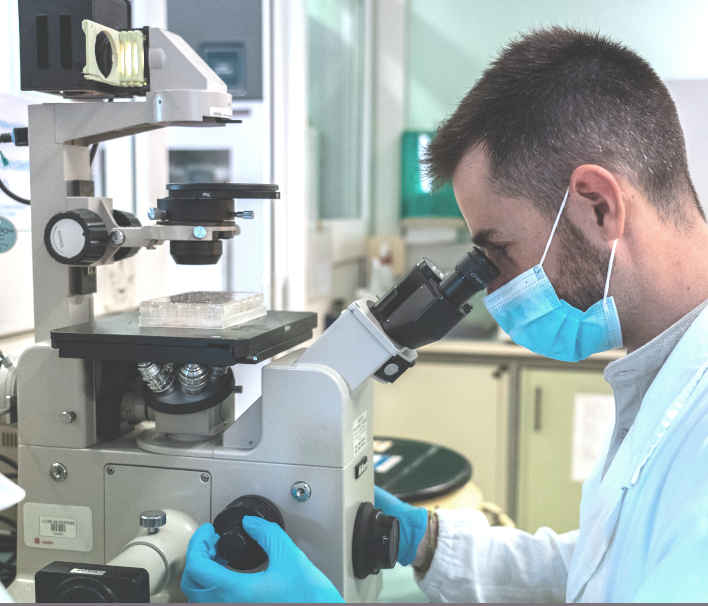The CFTR gene functions by producing a protein also called CFTR, located on the surface membrane of the cells lining the ducts and cavities of many organs in our body. This protein acts as a channel that facilitates the passage of chloride and bicarbonate ions and ensures adequate hydration of the mucous membranes.
The CFTR gene is defective when the DNA sequence that it is composed of contains an alteration called a mutation. There are more than 2,000 mutations of the CFTR gene known today. The most common one is the F508del mutation. Depending on the type of mutation, there are various effects on the CFTR protein: some mutations prevent the protein from being produced at all, while others result in a protein that can’t function properly or is reduced in quantity.

The mutations whose effect on the CFTR protein is known have been divided into classes (from I to VI). Class I mutations result in the absence of protein, Class II mutations limit its assembly and therefore function, and Class III mutations reduce the opening time of the protein channel. These three classes are associated with the most serious forms of disease. Class IV mutations slow the movement of chloride through the channel, while Class V mutations enable the production of a normal protein but in reduced quantities. Class VI mutations result in the production of a functional protein that, however, degrades rapidly. This classification, already complex, becomes even more intricate because many mutations can belong to more than one class at the same time, leading to various modes of dysfunction.
The connection between mutation types and disease severity, the so-called correlation between genotype (the two CFTR mutations) and phenotype (the clinical picture) is not sufficient to predict how the disease will manifest in an individual patient based on their mutations. A partial exception to this rule can be found in the manifestations of cystic fibrosis in the pancreas. Class I, II and III mutations cause pancreatic insufficiency, meaning they prevent the production of adequate amounts of pancreatic enzymes necessary for the digestion and absorption of dietary fats. In these cases, capsules containing enzymes that the pancreas does not produce should be taken with each fatty meal. In the case of the other classes of mutations, there is still a limited but generally sufficient production of enzymes, which usually (albeit not always) does not require an oral supplement intake.


It is not possible to reliably predict the severity of the disease with respect to the involvement of other organs. In fact, the clinical impact of CF on an individual patient depends not only on the pair of CFTR mutations, but also on the influence of genes other than CFTR, called modifier genes for this very reason. These genes can either worsen or alleviate the effects of CFTR mutations to an extent that is currently unpredictable.
Therefore, the evolution of the disease and consequently the duration and quality of life of the person with CF depend on a set of factors, which are partly genetic (CFTR gene mutations and modifier genes) but also partly of another nature. The latter include the treatments that are practiced and the level of adherence to them; the environment (family, school, play, sport, work, socialization, climate) in which the person with cystic fibrosis lives; and the lifestyle he or she adopts. Given the great variety of combinations of these factors, each patient is different from the other and it is not possible to accurately predict, on scientific grounds, the course of the disease and the duration of life.

CAUSES AND TRANSMISSION
HEALTHY CARRIES
MANIFESTATION AND EVOLUTION
DIAGNOSIS
TREATMENT